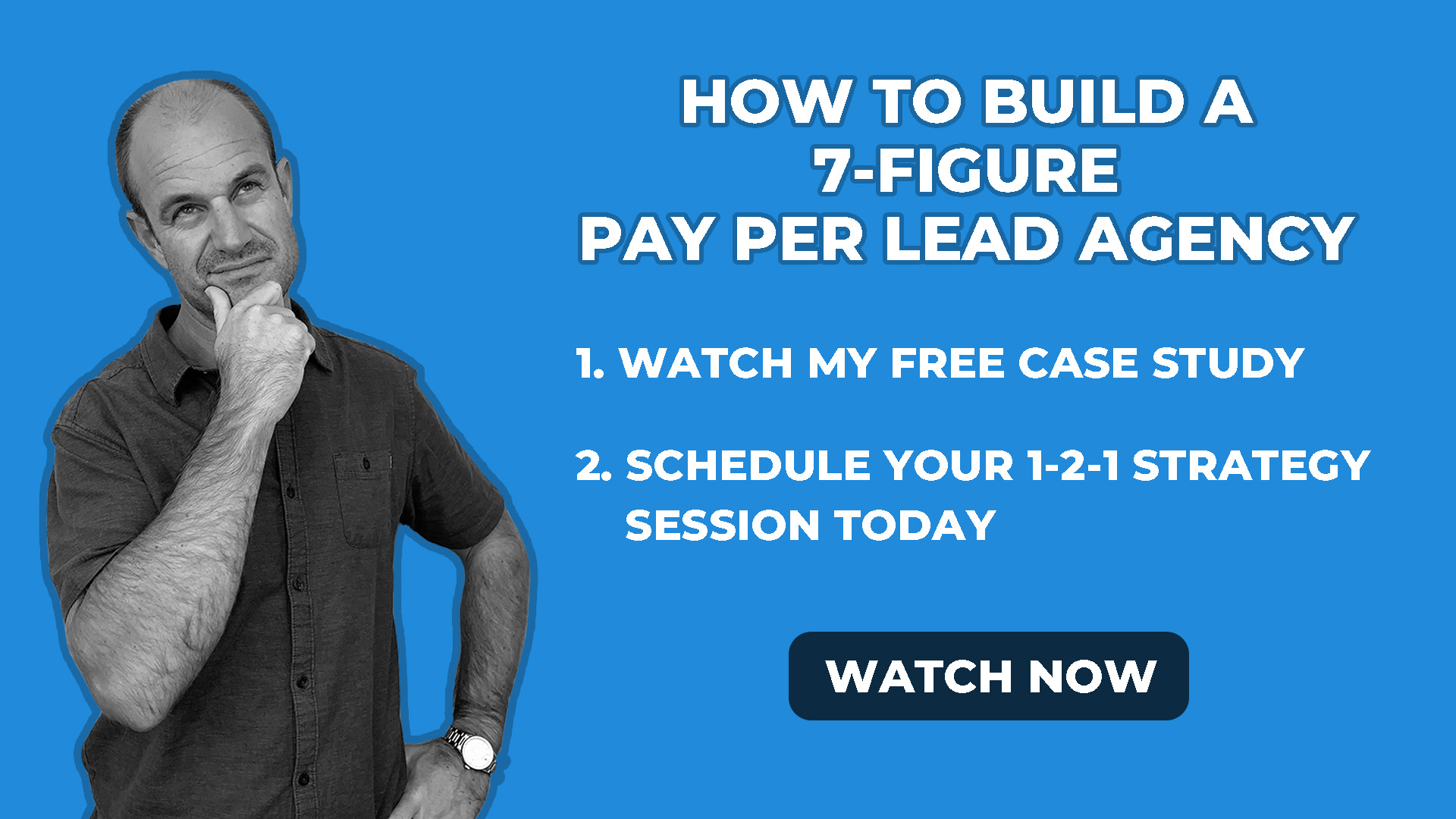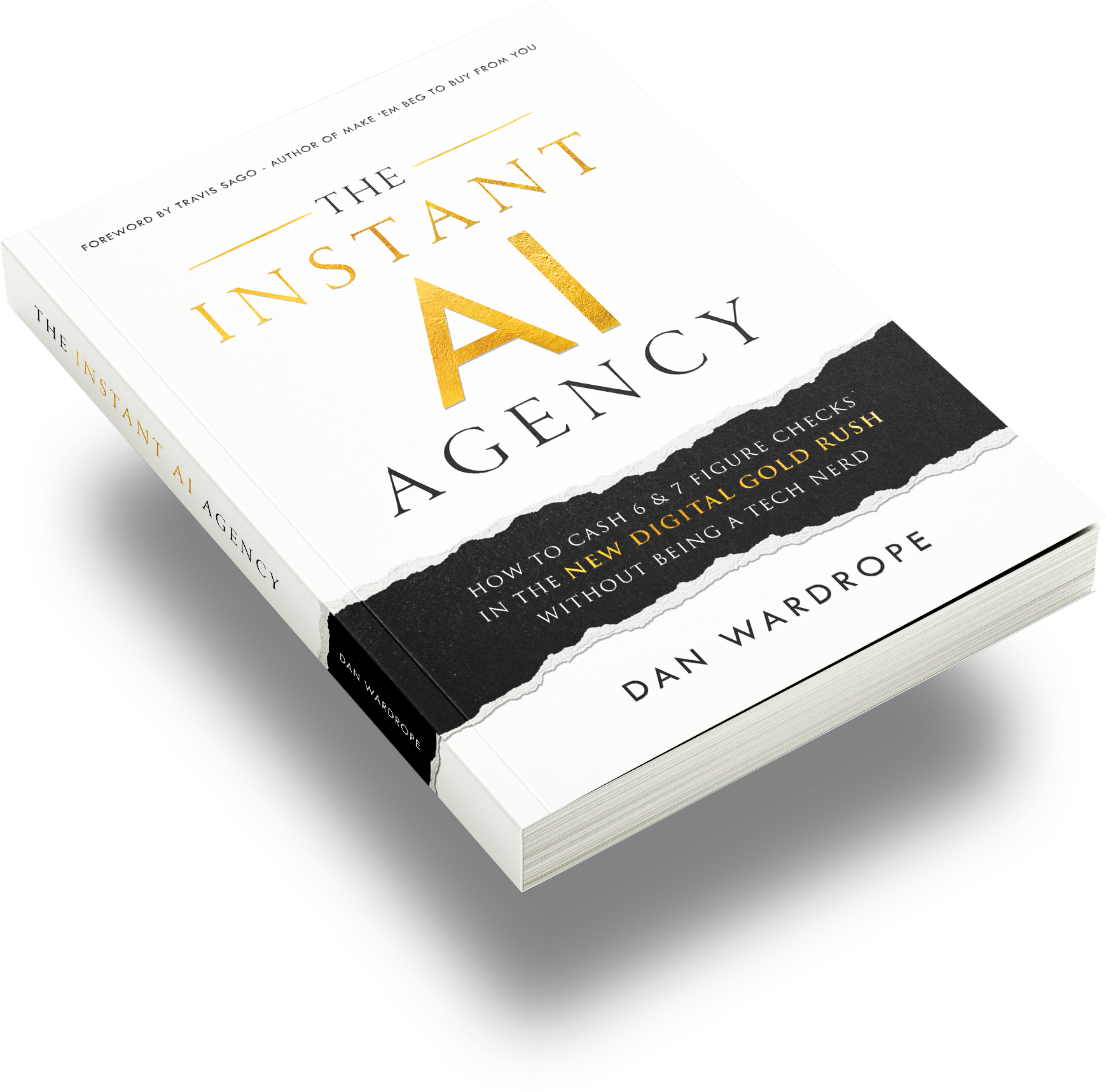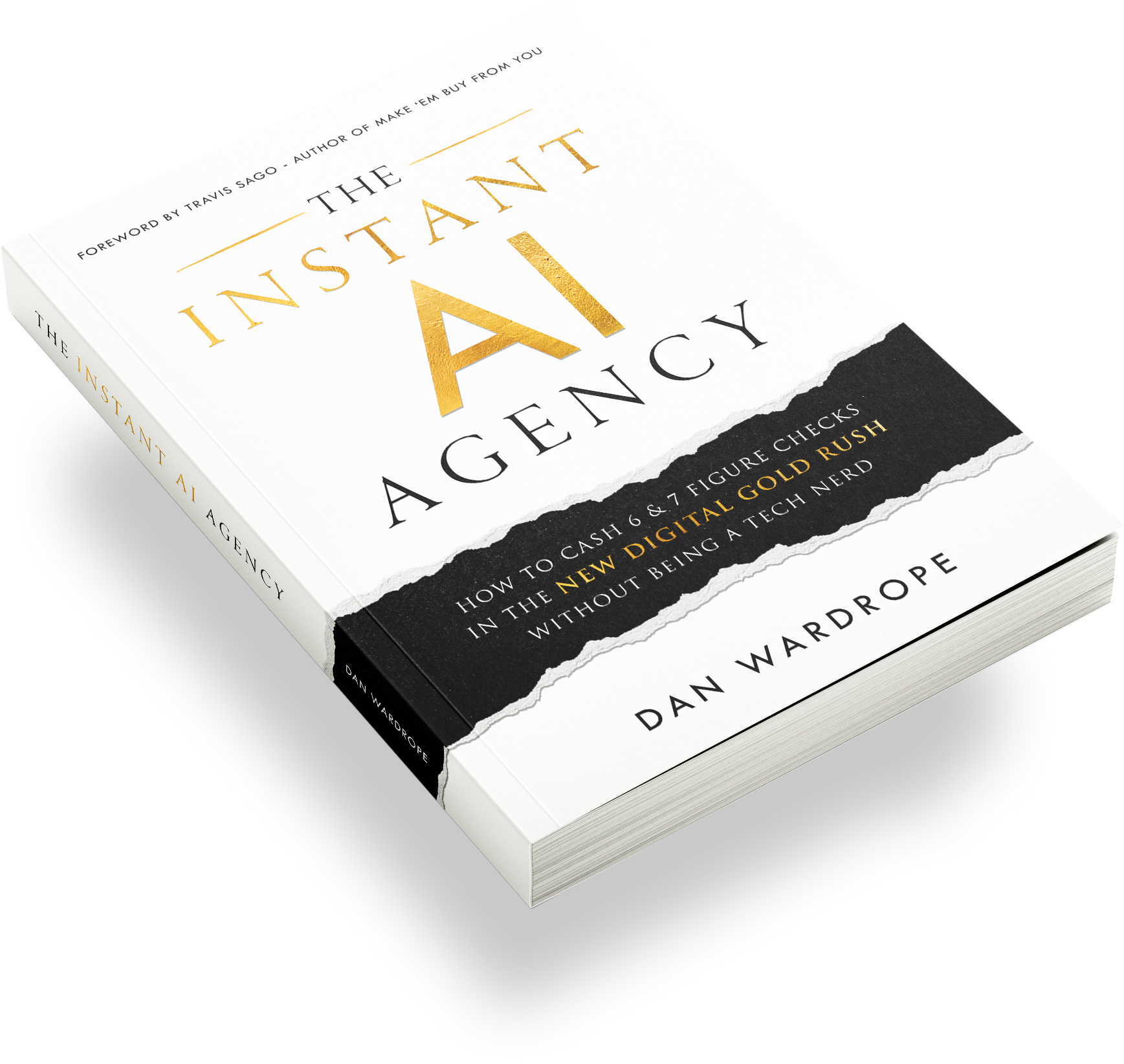Anyone who’s been in lead generation for a while knows that patience is the ultimate virtue.
Guys who advertise lead generation courses make out that it’s the path to instant riches. Of course, if you stick to it and learn from your mistakes, you have the skills and the know-how to cultivate enough wealth for a very comfortable retirement. But, as with any other job, no magic wand is going to make you a pro overnight.
The key, as the title suggests, is both patience and dogged perseverance.
Everyone Has Off Days (or Weeks!)
The first thing to remember is that everyone has off-days, weeks, or even a couple of months.
When my agency was going through a bad patch, it used to destroy me. I’d worry about bankruptcy, having to fire my staff and not being able to provide for my family.
But to have lows, you also need to have highs. When the business was doing well – crushing it – I was the best PPC agency owner in the world and failure was never an option.
As you can imagine, these mood swings can get tiring very quickly. Especially when I’d be having several highs and lows a month.
I had to learn to step back and take a look at the bigger picture. Once my agency had been up-and-running for long enough, I learned not to overanalyse the statistics month-by-month. Sometimes it was better to look at the year as a whole, see what months you’ve fallen short, and work out whether that’s to do with problems your end, or the season affecting business.
Essentially, variances in your campaign success and cost per lead are normal, and they affect everybody.
These are stages you’ll go through when starting in a new vertical or industry.
First Stage: Market Research (Days 1 – 7)
This is the first stage when entering a new vertical, and it’s definitely the most crucial.
If you don’t know your audience, your entire campaign is destined to fail.
So, the first thing you need to do is ask your client as many questions as possible.
Try and be specific as possible with your questions. The more you dive into the ideal prospect, the better you’ll be able to tailor your funnel and let the Facebook algorithm work for you. For example, you could ask:
- What age demographic has converted best in the past?
- Do your conversions usually come from a specific area?
- Is the target market predominantly male or female?
Fail to ask these questions, and you’ll find yourself generating leads outside of the client’s criteria and wasting your budget.
If your client doesn’t know why his or her product or service stands out from the rest, you need to ask enough questions so you can work out the selling point for yourself. Hooks like “super cheap rates” aren’t going to cut it, as everyone is offering the same thing.
If you’re still struggling to find a good hook (or even if you got it straight away), it’s time to do your own research. Look up your client’s competitors online. See what visitors are commenting on their websites or ads. Make as many notes as you can, and see if you can make your client’s service sound like the cream of the crop.
You can often see what customers want by their comments. Even a testimonial like “XXX provided great customer service! Would recommend!” can provide essential insight into the target audience’s hopes and dreams.
Once you’ve got all that information, you need to write a customer avatar. A customer avatar doesn’t describe a general group of people or makes assumptions about who wants what. A customer avatar describes your client’s ideal customer in great depth, providing you and your team with the targeting tools you need to make a rocking campaign.
Once you’ve got all your research, next on the list is three to four marketing hooks. These are crucial for your ads, as they should immediately appeal to your target audience.
If you’re not sure, a marketing “hook” is a short phrase (usually no more than a sentence) designed to entice a prospect to purchase a product or sign up for a service.
It’s crucial that you have more than one hook to play with. Even if (you think) you have the best hook in the world, only the target audience can confirm that. Start with three or four, and split test your ads.
If it gets to Day 3 or Day 4, and the cost per lead for one or two ads is much higher than the others, it’s time to cull them.
Keep testing for about 7 days, and then you should have some clear data on which hook works the best. Cull the rest, and concentrate on writing lots of ad focusing on your winning hook.
Second Stage: Consolidation (Days 8 – 12)
Once you’ve found your hook and you’re confident with your ads, it’s time to start upping your budget.
Now you understand your audience better, write some better ads that are guaranteed to crush the competition. Use your Facebook pixel data to create lookalike audiences (both good and bad) and expand your ad reach.
But, be careful at this stage. Once you’ve started making lookalikes, it can be tempting to triple your ad budget and target as many similar groups as possible.
Seriously, don’t do this.
Messing too much with your ad budget means you’ll be showing the same ads to the same audiences over and over again. As Facebook values “good and relevant content”, its algorithm will soon mark your ads as spam and stop showing them.
But it’s also essential that your budget matches the size of your audience. If you’ve got quite a big budget and you’re targeting at 1%, then you’re going to waste money finding the few-and-far-between exact matches.
If you use your time and budget wisely during the consolidation phase, you can go from 20 leads a day to 50, or even 100.
Third Stage: Scaling (Days 12+)
You’ve already started scaling a bit with budget and lookalike audiences, but now you should have enough data to start seeing patterns during the week – aka the days more people are engaging with your ads.
FlexxDigital tends to see a lot more ad engagement on Sundays and Mondays. Sundays make sense, as a lot of clients don’t take leads over the weekends, so the PPC agency switches off the ads. You, therefore, have more incentive to keep your ads running over that period.
Think about it: people are at home, they’re bored. They’re watching Netflix and scrolling through Facebook on their phones. If they see your ad, they’re more likely to take the time to click and read, in comparison to a (and more expensive) busy Tuesday.
Monday also makes sense, as it’s the day after the weekend. Although there will be more ads in circulation than on a Sunday, more people will be on social media platforms. This could be because they’re tired, or bored, or gearing themselves up to start a new project. Whatever the reason, we definitely see more ad engagement on a Monday.
And, as you know, the higher the ad engagement, the cheaper the cost per lead!
If you’re smart, you’ll find the best days to generate cheap leads and concentrate your efforts accordingly. If your client is looking for lead volume, they’ll be delighted with such an influx during the week!
Conclusion
This is a rough structure of your first two weeks generating leads for a new vertical. Keep this timetable in mind when working for a new client, and you’re less likely to have any nasty surprises.
But even with the most meticulous planning, you’re still going to have some highs, lows, twists and turns. If your cost per lead spikes dramatically through the week, try not to panic. Leave the ad running for up to four days and see if it settles down. If there’s no improvement, it’s time to cull the ad.
Just remember, these ups and downs happen to everybody. Keep your emotions in check, keep focused and – most importantly – keep going. Patience and perseverance will always lead to rewards!
Related Content
The Ultimate Guide To Lead Generation | Our B2C Book
7 Essential Lead Generation Hacks For Every PPC Agency









